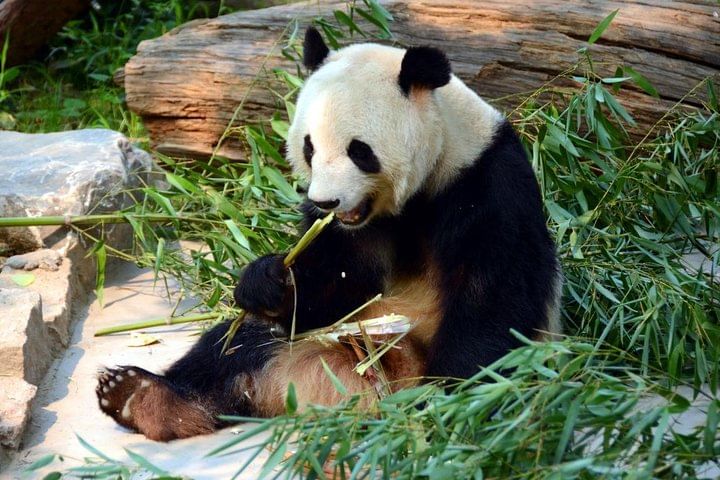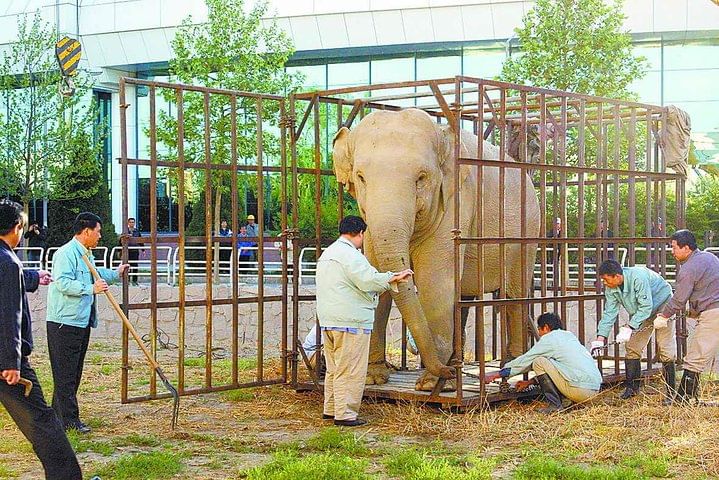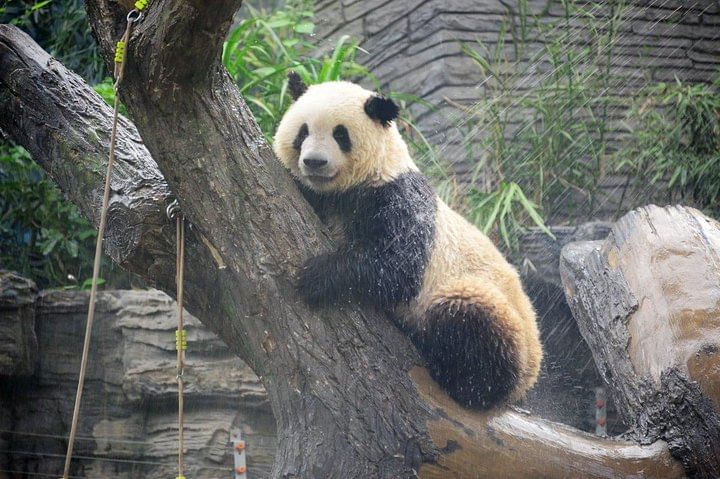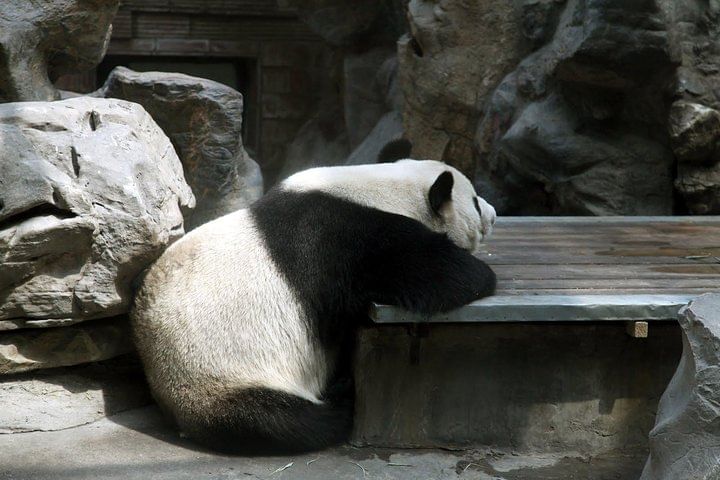Beijing Zoo Entry Pass with Giant Panda Pavilion Access
Beijing Zoo
Located at Xizhimenwai Street, Xicheng District, Beijing, Beijing Zoo spans approximately 86 hectares (including 8.6 hectares of water features), making it China’s largest urban zoological park. Originally established in 1906 during the 32nd year of Emperor Guangxu’s reign in the Qing Dynasty, the zoo has undergone multiple name changes—including the Experimental Agricultural Farm, Natural History Museum, Ten Thousand Animals Garden, and Western Suburb Park—evolving into China’s oldest and most biodiverse zoo with over a century of history.
The zoo blends natural landscapes with modern amenities, featuring winding streams, artificial hills, lush gardens, children’s playgrounds, and expansive animal habitats. Visitors can also enjoy dining options and retail kiosks throughout the park.
Animal Exhibits & Facilities
The zoo’s 60,000-square-meter animal enclosures house specialized pavilions such as:
Rhinoceros House | Hippopotamus Pool
Lion-Tiger Mountain | Bear Hill | Monkey Mountain
Deer Garden | Elephant House | Antelope Pavilion
Giraffe House | Panda House | Marine Mammal Pavilion
Primate Hall | Amphibian-Reptile House | Songbird Aviary
Notable Species
Chinese Endemics: Giant pandas, golden snub-nosed monkeys, Siberian tigers, white-lipped deer, Père David’s deer (Milu, or "four-unlikes"), Shetland ponies, and red-crowned cranes.
Global Wildlife: African chimpanzees, Australian kangaroos, jaguars, Mexican manatees, hairless dogs, and European bison.
Amphibian-Reptile House Highlights
This two-story facility features 90 display tanks showcasing over 100 reptile species worldwide, including the saltwater crocodile—the largest living crocodilian species.






